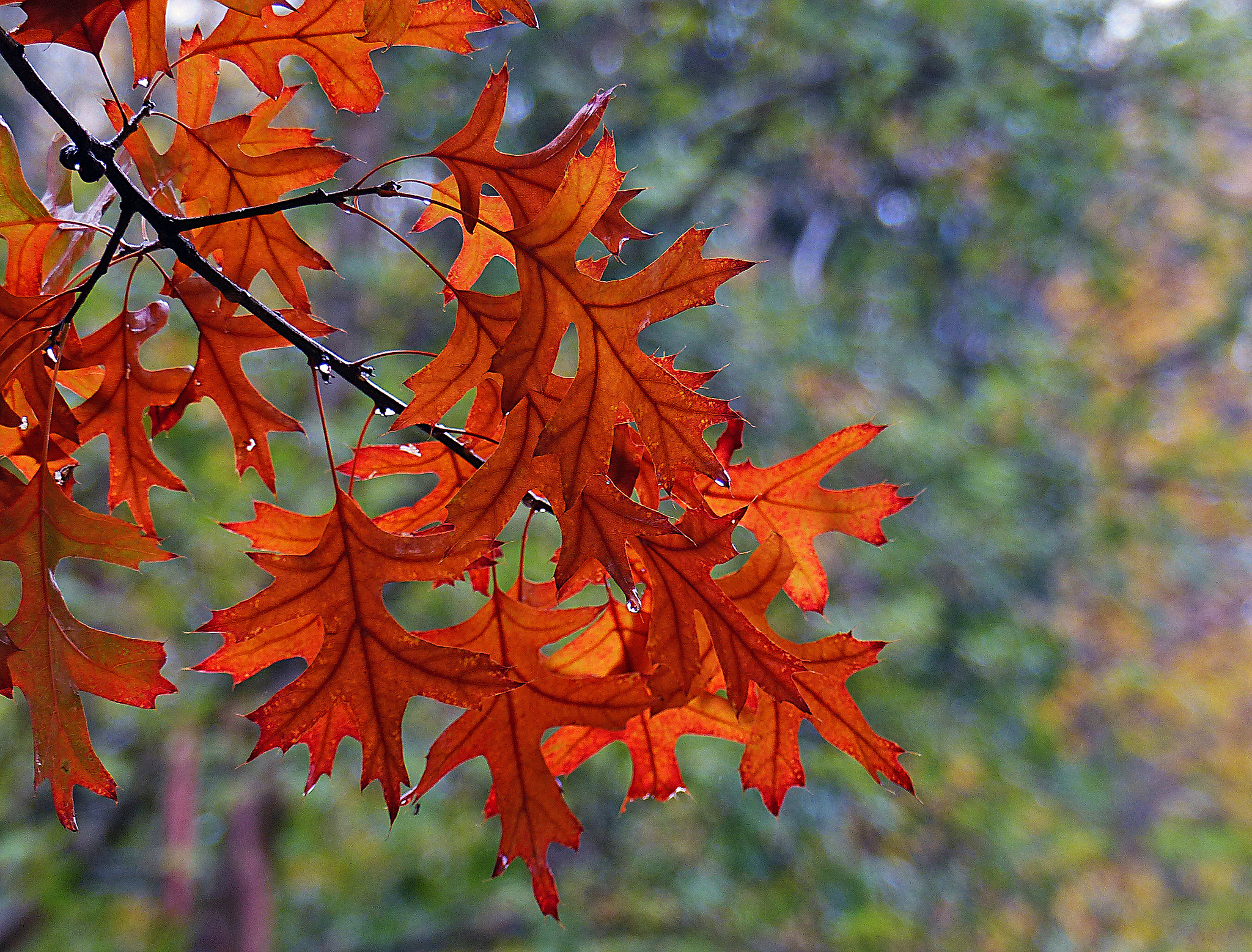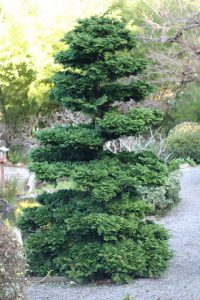
Regardless if you have picked up a tree or you want to transplant a tree from somewhere else in your backyard, moving a tree is a difficult task that calls for concern. If you don’t do just exactly the right thing, you might end up losing the tree and misusing your time, money, and energy. In actuality, relocating a tree is too hazardous unless you genuinely need to do if for welfare reasons or if the tree really means something to you.
The ideal opportunity to transfer a tree depends on the tree, where the tree is transferring to, and the numerous tools that you have. Having said that, there are a few distinct guidelines that you may want to think about:
4. Before It Gets Too Substantial
- Needs to be solid
- May need to get rid of some roots
- Can take a long time
Obviously, you want to move the tree before it gets too large. Planting trees for the first time allows for you more time, you can plant trees that are larger that way. However, it is tremendously high-risk to remove a tree from the earth and then move it to some other place once the tree has established itself. You will need to snip away at the roots, which can certainly do a number on the tree– parts of it may die, it might not be able to get nutrients and might reject every thing that you do.
If your tree is fairly substantial and you feel like you have to move it, consulting an expert is the best thing you can do. Trying to handle the task by yourself will just result in you hurting yourself.
According to Gardening Know How, you will be standing by quite some time to move your tree after you make a decision to do it. You have to go through quite a few different steps to get where you want to be– actions that can take up to six months.
3. When The Tree Is Dormant
- Each tree has a different dormancy period
- Make sure tree is completely inactive
- Helps tree develop itself
The absolute best time to plant a tree or a shrub is when it has gone inactive. Throughout this time, the vitality of the tree is totally focused on root growth, which of course will help it establish itself.
Talk to an expert to find out when your trees will be dormant. Though they tend to go dormant around the same time, remember that trees are delivered from all over the world so that can really affect the dormancy period.
Another thing you may want to take into consideration when transplanting? The USDA hardiness zone where you’re located will change the dormancy period as well, so talk to service providers at your local nursery when calculating a planting date
2. Evergreens– Don’t Wait For the Heat
- Evergreens are durable and can stand up nearly anything
- Make sure to observe the tree
- Do not over water
Transplanting evergreen trees isn’t all that complicated, but there are a number of things you do want to consider. According to The Spruce, “While they do not grow as vigorously in winter as in other seasons, they do not undergo the kind of dormancy that deciduous plants do. Thankfully, though, evergreens tend to be tough customers, and this toughness gives you more leeway with them. You can generally undertake the operation earlier in the fall and later in the spring with evergreens than you can with their deciduous counterparts.”
More notably, you don’t want to do is transplant evergreens when it is too hot. This means you want to avoid all of the summer months. You also might want to keep away from months where we don’t get a lot of water because evergreens tend to suck up water quite promptly.
1. When In Doubt, Autumn
- Tree will set up itself better
- Land isn’t too hard
- Nutrients are plentiful
Most professionals encourage planting in the fall because of the moderate temperatures and that is when the soil is still soft enough that you can finagle the tree if need be. Fall is a fairly wet period as well, so the tree will get enough moisture. You can also do it in the spring, though that isn’t optimal.
It is important to remember that trees are different and each yard is unique as well. The growth of a tree transplant is dependent on many different things. First, your tree has to be entirely healthy. Then, you have to use clean tools and the best procedures to move the tree. If it gets hurt in transport, that could be the end of it. Lastly, you have to take care of your tree for a long time thereafter. Aftercare is so important, and you need to be able to act as soon as you see any problems with the tree.
According to the Clemson Cooperative Extension, “Fall planting allows the carbohydrates produced during the previous growing season to be directed to root growth since there is little demand from the top. This additional growth may lessen the dependency of the plant on supplemental irrigation the following summers.”
When hiring a tree care professional, make sure to work with a team that knows the area and the trees that grow here. They have to be able to understand the soil and the environmental factors that can (and do) impact your trees and whether or not a complete transplant will be successful. Our company will send out a representative to look at your trees and then show you different ways to tackle transplantation, if neccessary. It is that simple, and you won’t have to play the guess and check game while your trees keep getting sicker.
At Van Till Tree Care, we aim to help you keep your tree safe and beautiful. We will work with your yard’s natural chemistry to find the safest and gentlest way to keep your trees happy and healthy – and your trees safe and sound, no matter where they are.
Give us a call at (800) 554-3834 so that one of our professionals can come inspect your tree and determine what the next steps should be.





